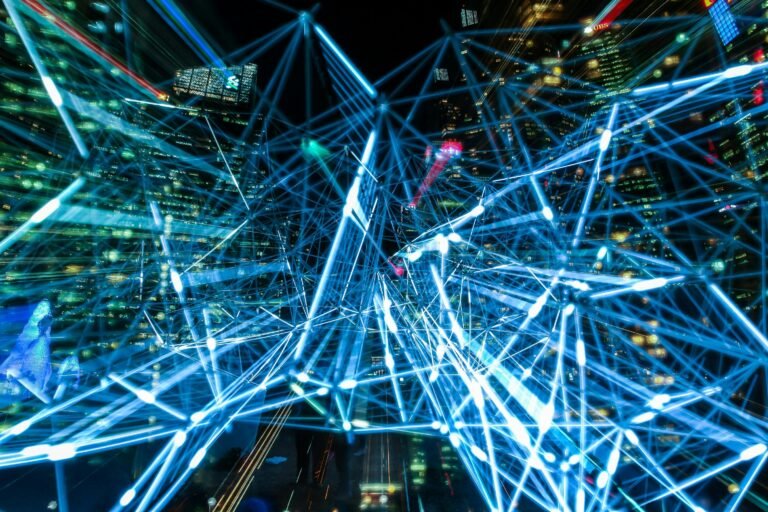Who Gets the Money When AI Music Starts Making Money?
The question of who profits from AI-generated music has become one of the most complex and contentious issues in the modern music industry, with billions of dollars at stake and legal frameworks still evolving. The answer depends on multiple factors including the level of human involvement, platform policies, and emerging licensing deals that are reshaping the industry landscape.
The Current Legal Framework: Human Input Determines Ownership
The fundamental principle governing AI music ownership was established by the U.S. Copyright Office in January 2025: AI-generated music can only be copyrighted if there is substantial human intervention in the creative process. This ruling creates a critical divide in the monetization landscape.
Fully AI-generated music created entirely through prompts without significant human modification cannot be copyrighted and essentially enters the public domain immediately. This means anyone can use, remix, or distribute purely AI-generated tracks without legal restrictions, making them commercially worthless in traditional terms.
However, AI-assisted music that involves meaningful human contribution can be copyrighted, with ownership typically going to the human creator who provided the creative input. This includes scenarios where artists
- Compose lyrics and combine them with AI-generated instrumentals
- Manually fine-tune AI compositions, tempo, or arrangements
- Record live vocals or instruments over AI-generated tracks
- Mix and master human-played elements with AI-generated stems
Platform Revenue Models: The New Power Brokers
AI music platforms have adopted varying approaches to revenue distribution, creating a complex ecosystem of ownership arrangements.
Suno, one of the largest AI music generators, operates on a subscription-based model where paying subscribers retain ownership rights to their generated music, while free users are limited to non-commercial use. However, the platform’s terms of service grant them broad licensing rights over all content generated on their platform.
Udio takes a different approach, not asserting ownership over user-generated content but requiring users to ensure they don’t include copyrighted material they don’t own.
These platform policies create a multi-tiered system where the same AI-generated song might have different ownership implications depending on how and where it was created.
The Streaming Revolution: How Platforms Handle AI Music Revenue
Streaming services are implementing new policies to address the flood of AI-generated content. Spotify revealed it removed 75 million AI-generated tracks in the past year, while Deezer reports that nearly 33% of all daily uploads are now AI-generated music.
The economic implications are staggering. AI-generated music is projected to constitute 20% of traditional music streaming revenues and 60% of music libraries’ revenues by 2028. This shift threatens to redirect billions in royalty payments away from human artists toward AI platforms and their users.
Industry experts predict that streaming services will likely modify their royalty payout structures for AI-generated music, potentially treating it similar to cover songs with reduced compensation rates. This could fundamentally alter the economics of music streaming.
Major Label Licensing Deals: The Industry’s Response
The most significant development in AI music monetization is the emergence of landmark licensing deals between major record labels and AI companies. Universal Music Group and Warner Music Group are reportedly weeks away from finalizing licensing agreements with AI companies including Suno, Udio, ElevenLabs, Google, and Spotify.
These deals aim to create a streaming-inspired payment model where AI companies would pay micropayments each time their generated music uses training data from licensed catalogs. The labels are pushing for attribution technology similar to YouTube’s Content ID system to track when their music influences AI outputs.
The proposed framework would involve:
- Training data licensing fees paid upfront by AI companies
- Ongoing micropayments for each use of AI-generated music influenced by licensed content
- Equity stakes for major labels in AI startups
- Commercial veto power over new AI tools and features
Attribution Technology: Following the Money Trail
Several companies are developing attribution systems to track how training data influences AI outputs, creating new revenue distribution mechanisms. ProRata has developed technology enabling AI platforms to accurately attribute and share revenues on a per-use basis with content owners.
These attribution systems vary significantly in their approaches:
- Soundverse integrates attribution directly into their foundational model, tracking token flow during generation
- LANDR’s Fair Trade AI program distributes 20% of AI revenue back to contributing artists on a pro-rata basis
- Source Audio focuses on rights-cleared datasets with transparent licensing terms
The technical complexity of attribution creates different compensation models, with some companies opting for simpler flat-fee arrangements rather than complex usage-based royalties.
The Economics of Disruption: Who Wins and Loses
The shift toward AI music is creating clear winners and losers in the industry’s economic landscape. By 2028, the market for AI-generated music is projected to grow from €3 billion to €64 billion, while human creators face €22 billion in cumulative revenue losses over the same period.
AI companies are projected to generate annual revenues of €4 billion in music by 2028, representing a transfer of economic value from human creators to technology companies. This dramatic reallocation of industry revenue is driving the urgent need for new licensing frameworks.
Major labels are positioning themselves as intermediaries in this transformation, using their catalog control and legal leverage to negotiate favorable deals. However, individual artists often find themselves with limited influence over these negotiations, echoing concerns from the early streaming era.
Future Revenue Distribution Models
Several emerging models are being tested for AI music monetization:
Hybrid Revenue Sharing: Companies like Endel and Boomy are pioneering models where streaming revenue is shared between the AI platform, the user who generated the music, and potentially the rights holders whose data influenced the output.
Attribution Share Models: These frameworks focus on influence rather than consumption volume, potentially allowing publishers and songwriters to claim greater revenue shares than in traditional streaming.
Transactional Micropayments: Similar to Cloudflare’s approach for web content, some platforms are exploring per-use compensation for training data access.
The ultimate distribution of AI music revenues will likely depend on the success of these various models and the regulatory frameworks that emerge. What’s clear is that the traditional music industry’s economic structures are being fundamentally challenged, with billions of dollars in future revenue hanging in the balance.
As legal battles continue and licensing deals take shape, the question of who gets paid when AI music makes money remains fluid. The industry is essentially writing new rules in real-time, with the outcomes likely to determine the future viability of both human creativity and artificial intelligence in music for decades to come.








